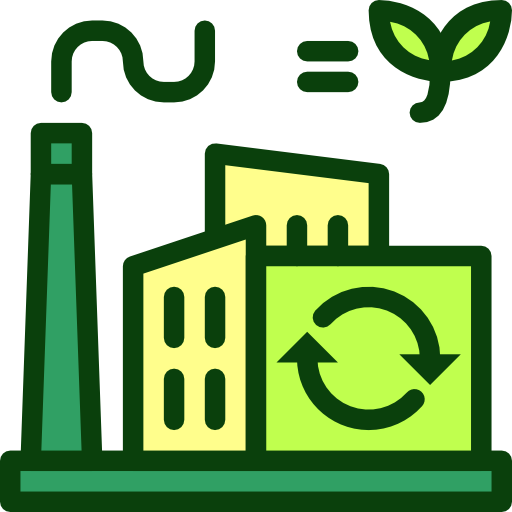Nepal - Environment

As far as the environment of Nepal is concerned, there have been . As for nvironment - international agreements, we have; .
About the environment of Nepal
| Climate | We have varies from cool summers and severe winters in north to subtropical summers and mild winters in south |
|---|---|
| Revenue from forest resources | |
| Revenue from coal | |
| Waste and recycling | Municipal solid waste generated annually: 1,768,977 tons (2016 est.) |
| Total renewable water resources | 210.2 billion cubic meters (2020 est.) |
| Major rivers (by length in km) | |
| Total water withdrawal | |
| Municipal | 150 million cubic meters (2020 est.) |
| Industrial | 30 million cubic meters (2020 est.) |
| Agricultural | 9.32 billion cubic meters (2020 est.) |
| Air pollutants | |
| Particulate matter emissions | 36.43 micrograms per cubic meter (2019 est.) |
| Carbon dioxide emissions | 9.11 megatons (2016 est.) |
| Methane emissions | 41.15 megatons (2020 est.) |
| Land Use | |
| Agricultural land | 26.1% (2022 est.) |
| Agricultural land: arable land | arable land: 12.6% (2022 est.) |
| Agricultural land: permanent crops | permanent crops: 1% (2022 est.) |
| Agricultural land: permanent pasture | permanent pasture: 12.5% (2022 est.) |
| Forest | 41.6% (2022 est.) |
| Other | 32.3% (2022 est.) |
| Urbanization | |
| Urban population | 21.9% of total population (2023) |
| Rate of urbanization | 3.09% annual rate of change (2020-25 est.) |
| Major urban areas (Pop) | 1.571 million KATHMANDU (capital) (2023). |
All Important Facts about Nepal
Want to know more about Nepal? Check all different factbooks for Nepal below.









